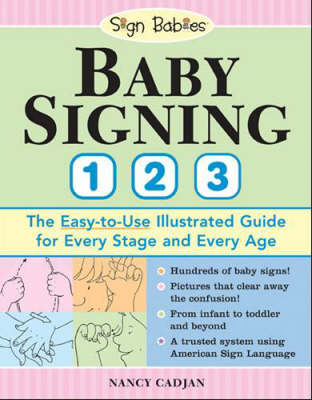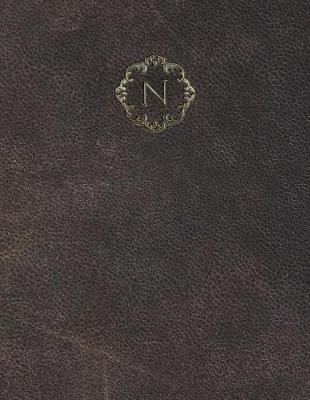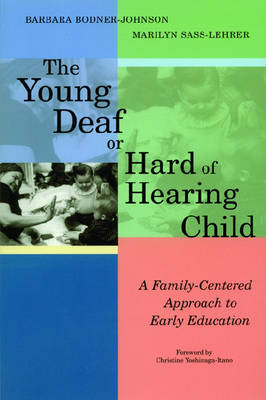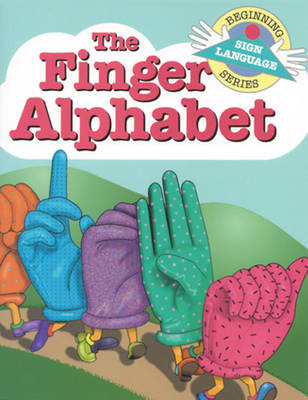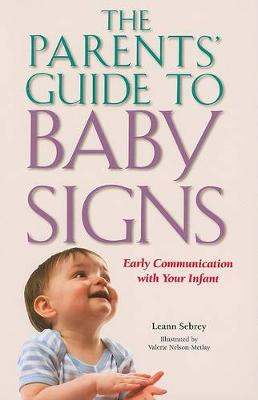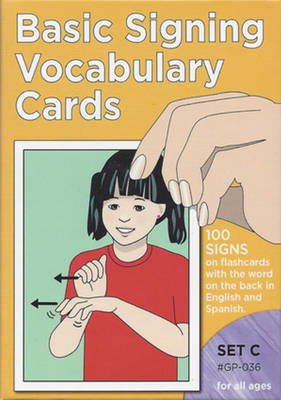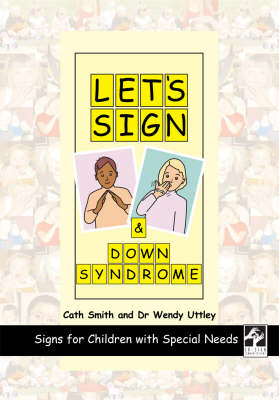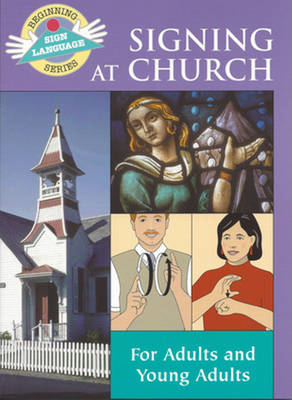Roger Fouts, a leading animal psychologist and pioneer in the field of animal language research, achieved almost celebrity status in the late 1960s when he succcessfully taught his adopted chimp, Washoe, how to use sign language. For the last 30 years Fouts and Washoe have been exploring the frontiers of primate intelligence, creativity and culture. Fouts uses this unique relationship as the narrative for this book, which is both a personal memoir and professional journal. The book also traces h...
Monogram "L" Sketchbook (Monogram Maroon 150 Sketch, #12) (Monogram Verdant 150 Sketch, #12)
by N D Author Services
Monogram "N" Sketchbook (Monogram Maroon 150 Sketch, #14) (Monogram Verdant 150 Sketch, #14)
by N D Author Services
"Now available in paperback; ISBN 1-56368-140-4"
This work shows that, with advances in technology and an emphasis on infant screening, deaf and hard of hearing children are being identified at an early age - expanding the need for knowledge about early intervention and education for these young children and their families. It aims to help early interventionists, education professionals, speech-language pathologists, and students navigate complex issues. Readers will: learn to consider the family, community, and cultural and linguistic context...
This volume addresses the burgeoning need for language policy and language planning for the sign languages used by deaf people. Author Timothy Reagan writes for two audiences in his new book, those who know language policy and language planning but not the Deaf World, and those well-versed in the Deaf cultural community but unfamiliar with language planning studies. To begin, Chapter 1 presents an overview of the Deaf World and a brief introduction to sign language in general. The second chapte...
The Parents' Guide to Baby Signs - Early Communication with Your Infant
by Leann Sebrey
Experienced ASL instructor Leann Sebrey champions two-way sign communication between parents and their infants who are just months old as a way to bond more closely and reduce frustration, while also maximizing the children's intelligence and emotional quotients. Sebrey's book The Parents' Guide to Baby Signs: Early Communication with Your Infant lays out an easy, step-by-step process that will instill confidence in parents who have never signed before. She begins by explaining why ASL is best f...
Institutional Translation and Interpreting (Routledge Advances in Translation and Interpreting Studies)
This collection brings together new insights around current translation and interpreting practices in national and supranational settings. The book illustrates the importance of further reflection on issues around quality and assessment, given the increased development of resources for translators and interpreters. The first part of the volume focuses on these issues as embodied in case studies from a range of national and regional contexts, including Finland, Switzerland, Italy, Spain and the U...
Let's Sign and Down Syndrome (Let's Sign)
by Cath Smith and Wendy Uttley
Compact Visual Dictionary of Expressive Worship
by Valerie Forsyth
English Desire in the Olympic Spotlight (Trends in Applied Linguistics [TAL])
by Jie Zhang
This book is the first study that addresses language policy and planning in the context of a major international sporting event and examines the ideological, political, social, cultural, and economic effects of such context-specific policy initiatives on contemporary China. The book presents some broader implications for current and future language policy makers, language educators and learners, particularly from non-English speaking backgrounds.
Study of Signed Languages - Essays in Honor of William C. Stokoe
by David F. Armstrong, Michael A. Karchmer, and John Vickrey Van Cleve
In 1999, many of today's notable researchers assembled at a special conference in honor of William C. Stokoe to explore the remarkable research that grew out of his original insights on American Sign Language. The Study of Signed Languages presents the fascinating findings from that conference. Part 1, Historical Perspectives, begins with a description of the decline of sign language studies in the 1800s. Past research on signed languages and its relationship to language origins theory follows,...
Produced in cooperation with the Pennsylvania School for the Deaf, this volume shows you how to sign the complete alphabet, numbers, and nearly fifty common greetings, words, and expressions.
Until the mid-1970s, deaf people in Japan had few legal rights and little social recognition. Legally, they were classified as minors or mentally deficient, unable to obtain driver's licenses or sign contracts and wills. Many worked at menial tasks or were constantly unemployed, and schools for the deaf taught a difficult regimen of speechreading and oral speech methods rather than signing. After several decades of activism, deaf men and women are now largely accepted within mainstream Japanese...
